Some weeks ago Méri from Portugal sent me samples of different Portuguese linens. She asked me to determine if they would be suitable for Schwalm Whitework.
I welcomed her request.
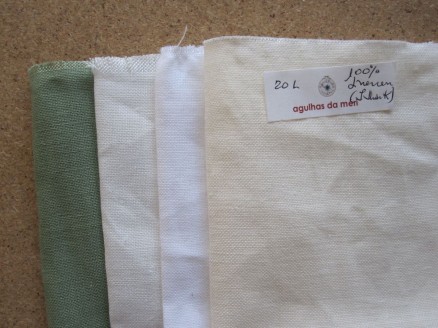
First, I would like to say that linen mills, other than “Weddigen”, could produce a linen suitable for Schwalm, but not all do. And when I do not know another producer, I recommend “Weddigen” because it is very important to have the right material.
Also, when a linen is labeled as a “second choice” this does not mean that it is necessarily “bad quality”. For example, there might be some faults in the weaving which have been marked with a coloured dot or a coloured thread. This fabric is absolutely perfect for small projects where such faults can be cut around.
Many countries around the world continue to experience a recession. Many people earn less money or have lost their jobs, so not every embroiderer can afford expensive linen. And sometimes it is economical and necessary to “make-do” with what one has on hand.
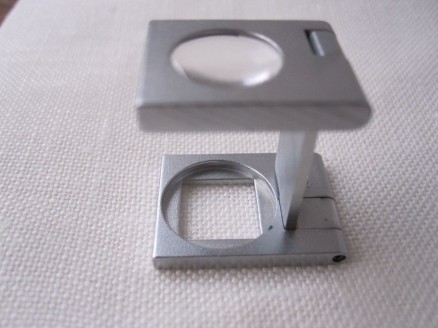
At a glance, all linen samples sent by Méri gave a good first impression. I took my thread counter and noted that all samples were evenweave with a 15/cm thread count. All were densely woven.
Only the threads of the green linen varied a little too much from one another.
Linen blends, due to their easy care, should be reserved for clothing. For table linen we use pure linen fabric only; embroidery on 100% linen will develop a true gorgeous elegance.
So I took both pure linen samples and embroidered on them. The first result you can see in “444”, the second is shown below. Withdrawing threads was no problem.
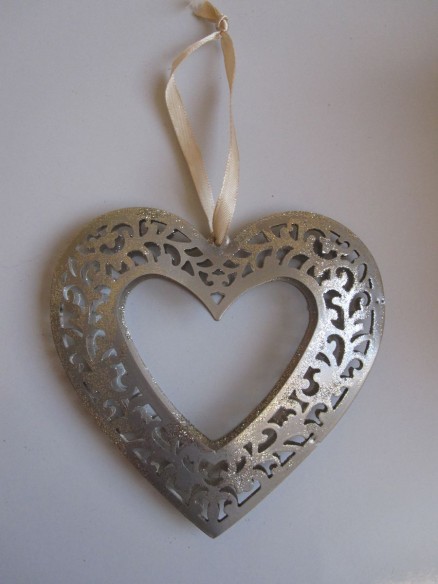
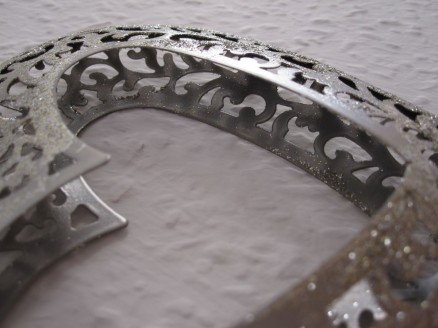
By chance I found metallic heart frames (Ernsting´s family/Germany MOD/217645-003/339795) and I got the idea to fill them with embroidered pillow- hearts. To make the heart-shape match the frame, I traced the inside and outside of the hearts onto a sheet of paper and reduced it 10 %. I marked the longitudinal axis on the linen with small running stitches and ironed the design onto the fabric.
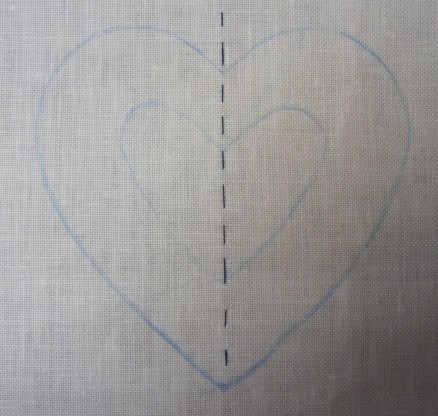
On the inner line I worked Coral Knot stitches and worked Chain stitches next to and inside the Coral Knot stitches. I then filled the shape with the Limet pattern “divided heart” from page 47 of my book “Limetrosen I”.
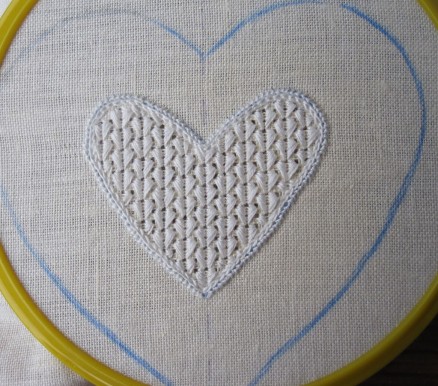
I marked the outside line with small running stitches.
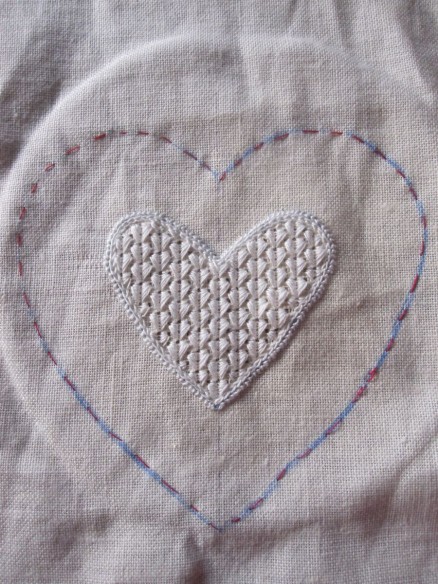
I laundered, starched and ironed the piece. Then, right sides together, I sewed two layers of linen together just inside the running stitches. Along a straight edge, I left an opening to be able to insert filling.
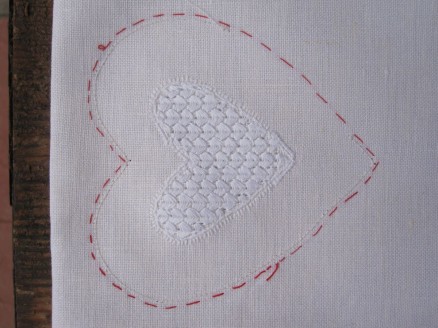
I trimmed the heart leaving a narrow seam allowance. Around the curves, the seam allowances were clipped, and the points were carefully trimmed.
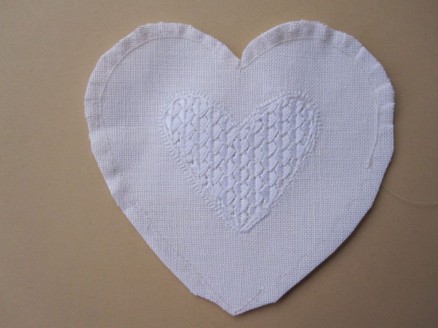
I opened up the seam allowance and smoothed it.
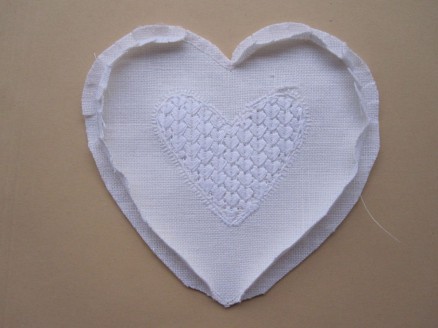
The heart was then turned inside out and filled with filling (Poly-Fil or wadding).
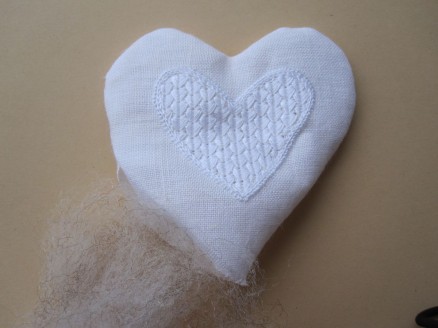
The opening was sewn shut, and the embroidered heart was placed into the frame.
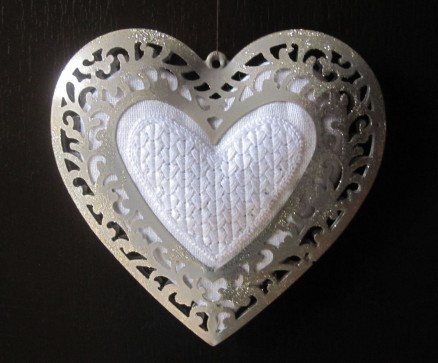
As you can see, the pattern looks pretty – the linen is absolutely suitable.
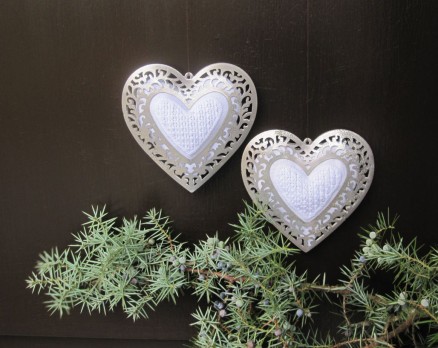
Two of them now decorate my home.
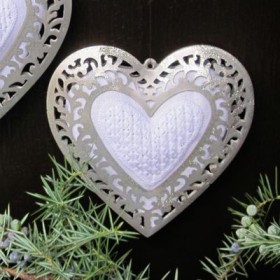
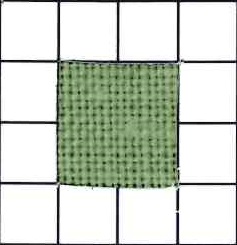
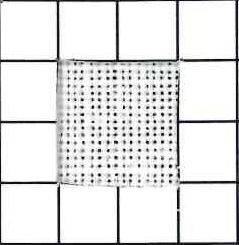
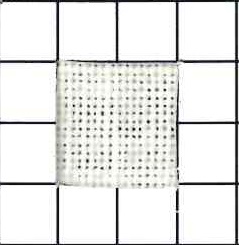
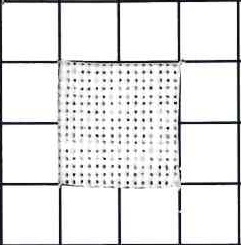


I’m so grateful for your expert opinion! I really appreciate your opinion Thank you so much!
I’l return to embroidery next January – I hope!
Have Merry Christmas and a Happy New Year to you and all your beloved ones. To your readers as well.